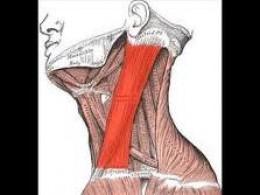 This muscles flexes the neck and laterally rotates the head.
This muscles flexes the neck and laterally rotates the head.
STERNOCLEIDOMASTOID
There are how many bones in a human body?
206
The thin outer layer of skin.
EPIDERMIS
Found in the nucleus. Contains the genetic information of a cell.
DEOXYRIBONUCLEIC ACID (DNA)
 Identify this structure.
Identify this structure.
PONS
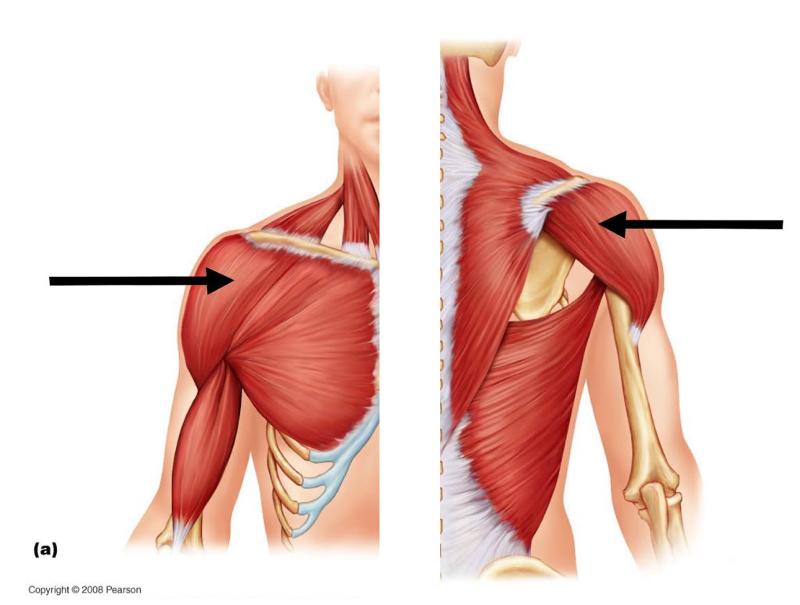 This muscles ABDUCTS the arm.
This muscles ABDUCTS the arm.
DELTOID
 Identify this bone.
Identify this bone.
HUMERUS
Name the functions of the skin.
REGULATE body temperature.
PROTECT against heat, light, injury and infection.
STORES water, fat and Vitamin D.
organelle in cells that modifies, sorts, and packages proteins and other materials from the endoplasmic reticulum for storage in the cell or release outside the cell (Fed-ex)
Golgi Apparatus
 Identify this structure.
Identify this structure.
PRIMARY SOMATOSENSORY CORTEX
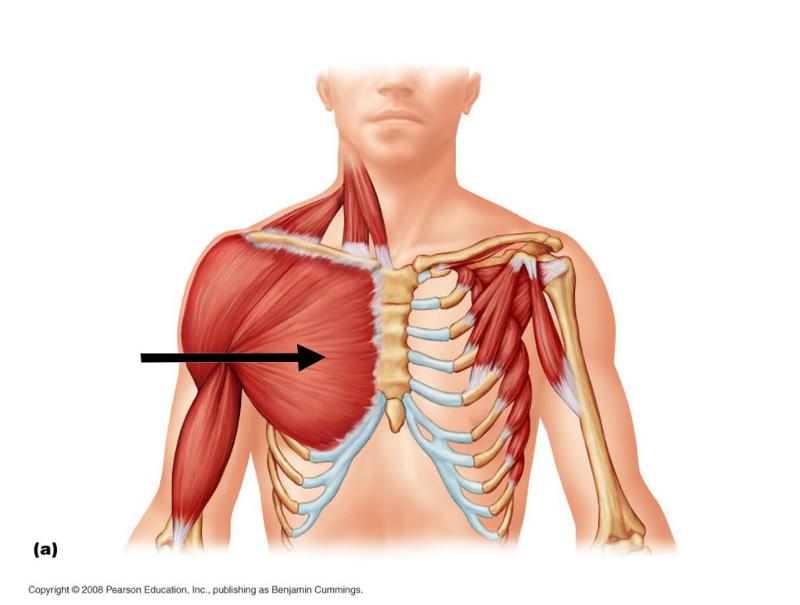 This muscle is responsible for FLEXING and ABDUCTING the arm and is an accessory for inspiration.
This muscle is responsible for FLEXING and ABDUCTING the arm and is an accessory for inspiration.
PECTORALIS MAJOR
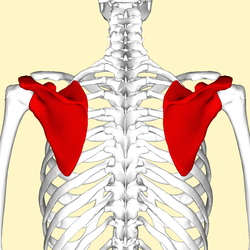
SCAPULA
Name the layers of skin from deep to superficial.
HYPODERMIS
DERMIS
EPIDERMIS
in cells, structure that contains the cell's genetic material in the form of DNA
NUCLEUS
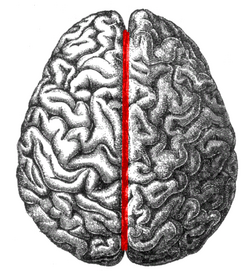
LONGITUDINAL FISSURE
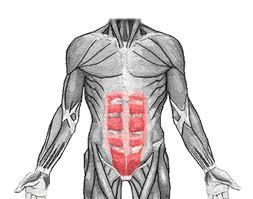 This muscle FLEXES the vertebral column.
This muscle FLEXES the vertebral column.
RECTUS ABDOMINUS

STERNUM
Name the 5 strata in order from superficial to deep.
STRATUM CORNEUM
STRATUM LUCIDUM
STRATUM GRANULOSUM
STRATUM SPINOSUM
STRATUM BASALE
cell organelle that converts the chemical energy stored in food into compounds that are more convenient for the cell to use.
MITOCHONDRIA

CEREBELLUM (ARBOR VITAE)
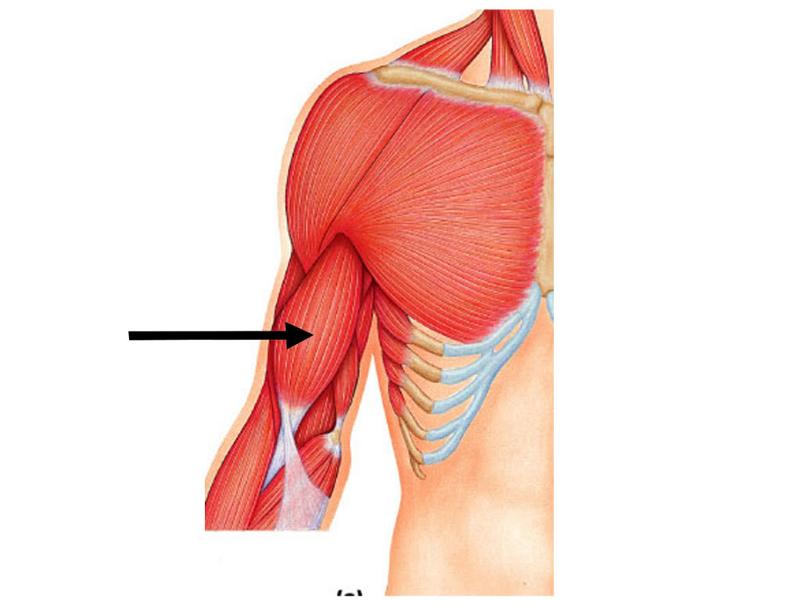 This muscle FLEXES and SUPINATES the forearm.
This muscle FLEXES and SUPINATES the forearm.
BICEPS BRACHII
 Identify this bone.
Identify this bone.
TIBIA
This structure resembles an onion. It is responsible for deep pressure and vibration receptors found in the dermis and hypodermis.
PACINIAN CORPUSCLE

Where is the main source of ATP?
Which part of the brain controls heart beating and lungs breathing?
MEDULLA